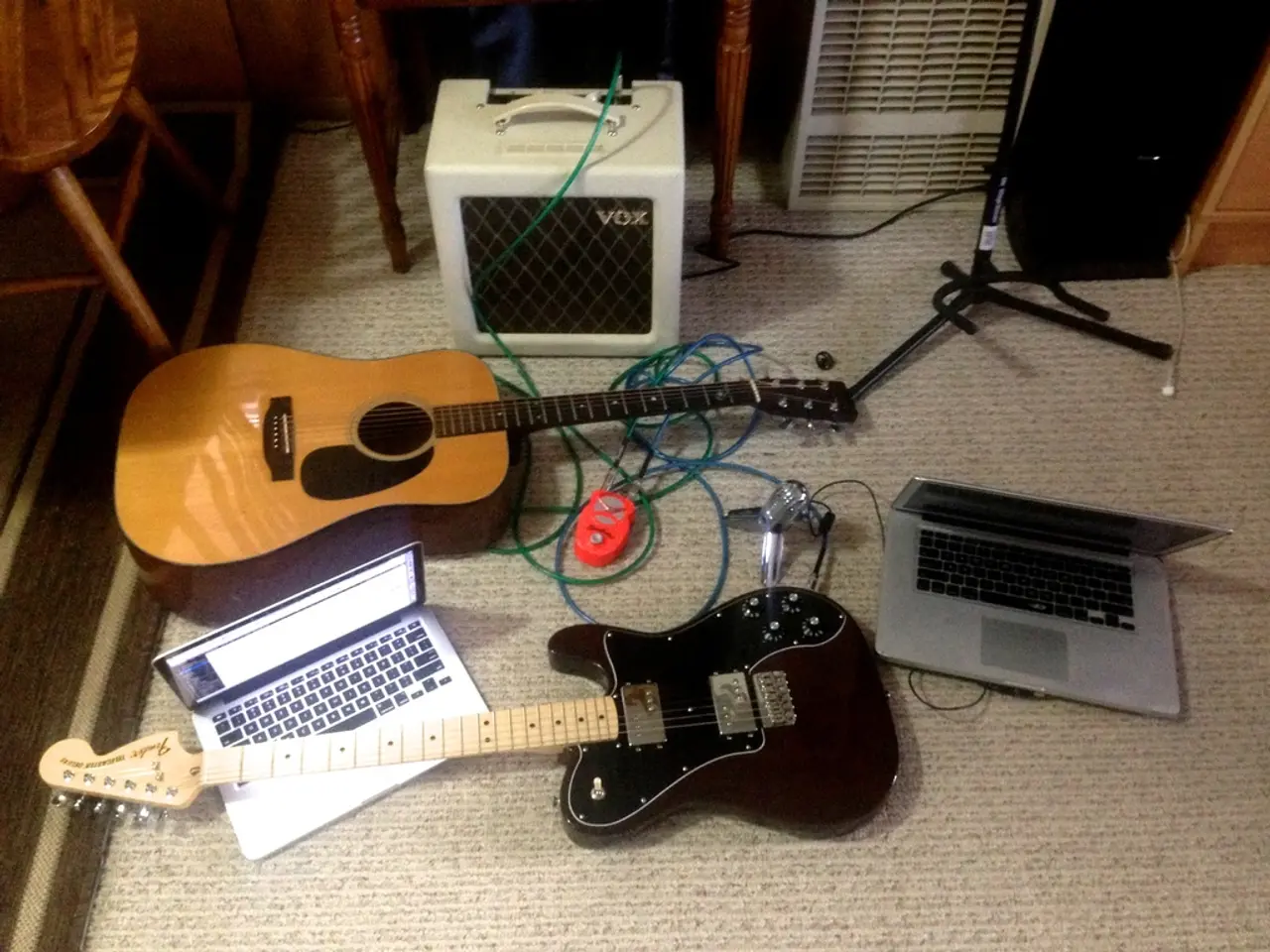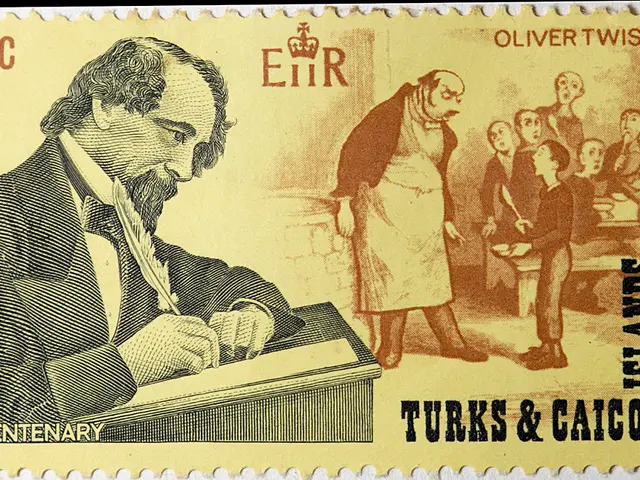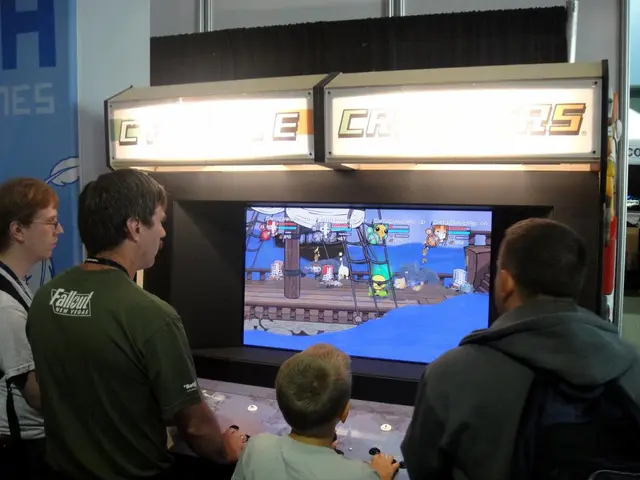Establishing Your Home Recording Space: Crucial Components to Consider
Setting up a home music studio can be an exciting journey for any aspiring musician or producer. Here's a helpful process to get you started on your musical adventure.
Firstly, a computer loaded with software and plugins is the central point of a home studio setup. A Digital Audio Workstation (DAW) is the main computer program used to build beats, chop samples, and record audio and MIDI. There are several options available, including Ableton, Logic, GarageBand, Pro Tools, FL Studio, Cubase, and Reason. For Mac users, Logic and GarageBand are accessible, while PC users may opt for others. Prices for DAWs range from £150 - £250 for Logic, £319 or £539 for Ableton, and GarageBand is free with a MacBook Pro.
A condenser microphone is highly recommended for recording a diverse range of instruments. The Shure SM58 is suggested as a first choice, while for those looking to step up, the Shure SM7B is another option.
Studio monitors come in various sizes and designs, and the size and placement of the speaker setup should be considered. The KRK Rokits are recommended entry-level speakers, with prices starting at £250. For those looking to step up from the KRK Rokits, the ADAM Audio A7Xs are recommended, priced at around £800.
An audio interface is necessary for monitoring sound in a home studio. The Focusrite Scarlett 2i2 is a recommended audio interface for beginners due to its quality, ease of use, and sturdy build. Another recommended MIDI controller is the Komplete Kontrol from Native Instruments. For better control over inbuilt sounds in a DAW, it is strongly recommended to use a MIDI controller. The Novation Launch Key is suggested as a MIDI controller due to its features like faders, transport controls, and pads.
Connecting studio gear requires various cables such as XLRs, Quarter Inch Jack cables, and USB for MIDI controllers. Loading up on additional software for experimentation is an essential part of the process. There are many free plugins available for experimentation, while Waves, Native Instruments' Komplete, Universal Audio, and Arturia's complete collection are recommended paid software options.
It is essential to consider the processor speed and RAM of the computer for a home studio. An iMac is a good choice for a home studio, priced at £1200, but a MacBook Pro is suggested for around £1250 due to its portability. A PC laptop with good specifications costs around £800 - £1200, while a desktop equivalent costs about £700 - £1300.
Registering with a school provides access to significant discounts on studio gear and free music-making tools and tutorials. The school mentioned offers university-based courses in various formats, including hybrid Inverted Classroom sessions combining online and in-person learning, with weekly video lectures, tutorials, and a written exam format. These courses can be attended in London specifically at the London Business School, which provides postgraduate education, MBA, Masters, PhD, and executive short courses delivered in-person and online by renowned faculty. The school offers courses in London, Los Angeles, China, Ibiza, Mumbai, and online.
Many producers start setting up their first studio in their bedroom. Bass traps are useful, but a sofa or shelves with books can serve as a substitute if they are not available. An equilateral triangle between the producer and the speakers is the ideal shape for a home studio setup.
In conclusion, setting up a home music studio can be a rewarding experience. With the right equipment, software, and a bit of patience, you'll be creating your own music in no time. Happy music making!
Read also:
- Peptide YY (PYY): Exploring its Role in Appetite Suppression, Intestinal Health, and Cognitive Links
- Exploring the impacts and various aspects of smoking cigars
- Easing Pedestrian Traffic Signal Pressure
- Aspergillosis: Recognizing Symptoms, Treatment Methods, and Knowing When Medical Attention is Required








